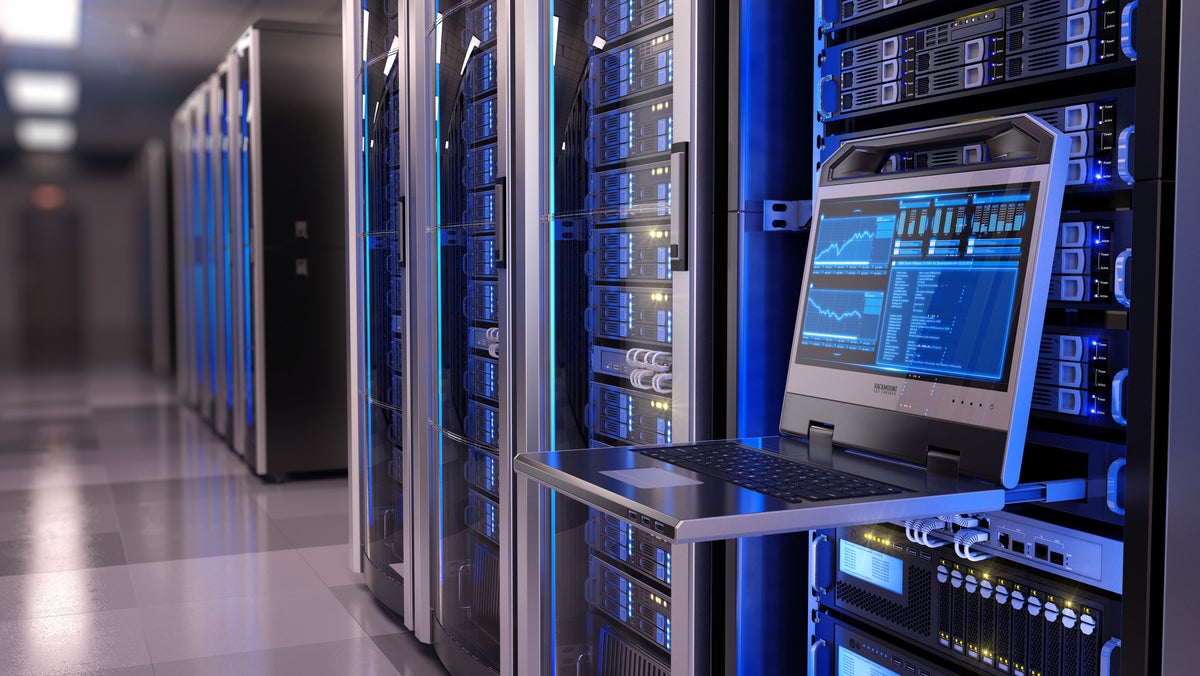- Key Cybersecurity Considerations for 2025
- Make the Most of Your Holiday Cybersecurity Awareness Efforts
- Stock your Kindle for summer: Get up to 93% off popular reads during Amazon's Book Sale
- I replaced my TV with a 4K UST projector - and the visual upgrade was worth it
- This Amazon Fire TV soundbar gave me room-filling audio without breaking the bank
Schneider Electric publishes data-center sustainability framework

French IT giant Schneider Electric has published a five-part framework meant to serve as a guide to minimizing the environmental impact of data center operations.
Schneider is billing the framework as an industry first, but the company does specialize in power systems management so it’s not all self-congratulations. The framework is designed to help operators make their sites more environmentally friendly regardless of how far along they are in sustainability efforts.
Data center power consumption is on pretty much everyone’s radar to varying degrees. Researchers have estimated that data centers worldwide account for between 1% and 2% of all power consumption. For hyperscalers like Google and Facebook, as well as for enterprises, power savings is equal parts benefit to the bottom line and being good corporate stewards.
Many companies are now reporting on sustainability as a part of their annual financial disclosures. They are communicating their commitment to environmental, social, and governance (ESG) programs. However, many are new to the concept and not sure what to report, which is where the Schneider frameworks come in.
Despite pressures from investors, regulators, shareholders, customers, and employees, many data center operators lack sustainability expertise and face a daunting task of determining what metrics to track and strategies to implement, Schneider notes.
The framework asks data center operators to focus on five measurable areas:
- Energy – Besides reducing consumption through efficient operations, the use of renewable energy helps reduce the greenhouse gases (GHG) emissions represented in electricity consumption. Schneider encourages reporting energy consumption, energy efficiency, and renewable energy use regularly to track progress.
- Greenhouse gases (GHG) emissions – CO2 and other gases such as CH4, PFCs, and HFCs are classified as greenhouse gases. Reporting GHG emissions is important for data center operators to show the efforts they are making at controlling climate change.
- Water – Water consumption is becoming an increasing issue as water cooling gains acceptance. However, cooling technologies use evaporation for heat rejection, which consumes significant amounts of water. Uptime Institute’s research showed that a 1MW data center with traditional cooling methods uses about 25 million liters of water per year. Schneider recommends using reclaimed or recycled water instead of fresh water (potable water).
- Waste – Data centers generate significant waste during construction and operations. Minimizing waste generation from the supply chain and diverting waste out of landfills through reuse and recycling is a key strategy for being more environmentally sustainable.
- Land & biodiversity – Data centers have a relatively small footprint compared to standard corporate offices. However, for data centers with dedicated solar/wind farms, the impact on land and biodiversity can be significant for individual organizations. Data center operators need to start looking at the impact they have on land and biodiversity.
Schneider Electric’s framework was developed by its Energy Management Research Center leveraging expertise from ESG experts, sustainability consultants, data center scientists, and data center solution architects to take the guesswork out of measurement and reporting. The Guide to Sustainability Metrics for Data Centers is available now for download.
Copyright © 2021 IDG Communications, Inc.

